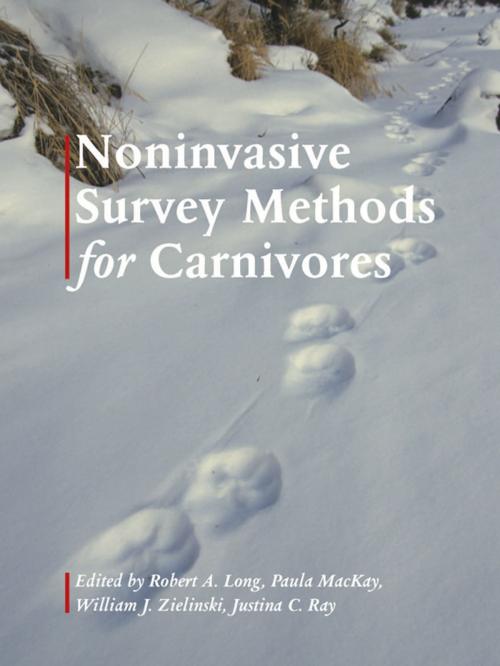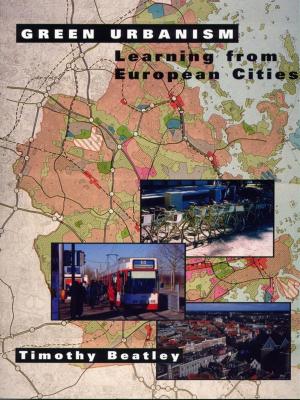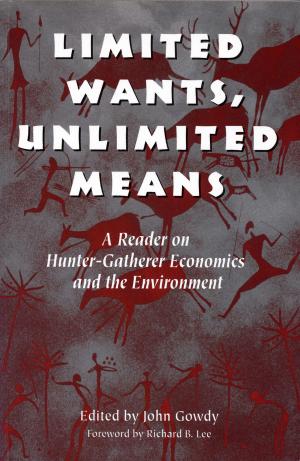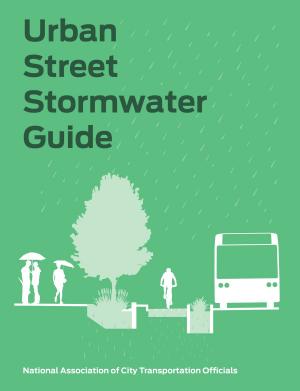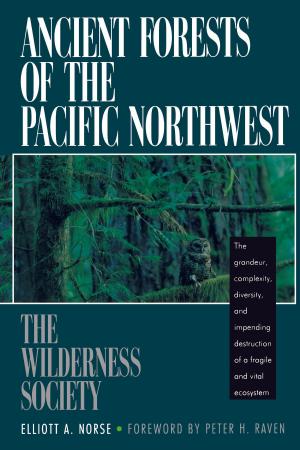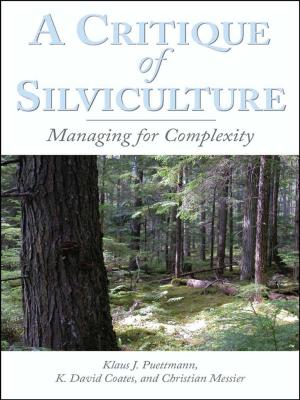Noninvasive Survey Methods for Carnivores
Nonfiction, Science & Nature, Nature, Environment, Ecology, Environmental Conservation & Protection| Author: | Robert A. Long | ISBN: | 9781610911399 |
| Publisher: | Island Press | Publication: | September 26, 2012 |
| Imprint: | Island Press | Language: | English |
| Author: | Robert A. Long |
| ISBN: | 9781610911399 |
| Publisher: | Island Press |
| Publication: | September 26, 2012 |
| Imprint: | Island Press |
| Language: | English |
The status of many carnivore populations is of growing concern to scientists and conservationists, making the need for data pertaining to carnivore distribution, abundance, and habitat use ever more pressing. Recdevelopments in “noninvasive” research techniques—those that minimize disturbance to the animal being studied—have resulted in a greatly expanded toolbox for the wildlife practitioner.
Presented in a straightforward and readable style, Noninvasive Survey Methods for Carnivores is a comprehensive guide for wildlife researchers who seek to conduct carnivore surveys using the mup-to-date scientific approaches. Twenty-five experts from throughout North America discuss strategies for implementing surveys across a broad range of habitats, providing input on survey design, sample collection, DNA and endocrine analyses, and data analysis. Photographs from the field, line drawings, and detailed case studies further illustrate on-the-ground application of the survey methods discussed.
Coupled with cutting-edge laboratory and statistical techniques, which are also described in the book, noninvasive survey methods are effi ciand effective tools for sampling carnivore populations. Noninvasive Survey Methods for Carnivores allows practitioners to carefully evaluate a diversity of detection methods and to develop protocols specific to their survey objectives, study area, and species of interest. It is an essential resource for anyone interested in the study of carnivores, from scientists engaged in primary research to agencies or organizations requiring carnivore detection data to develop managemor conservation plans.
The status of many carnivore populations is of growing concern to scientists and conservationists, making the need for data pertaining to carnivore distribution, abundance, and habitat use ever more pressing. Recdevelopments in “noninvasive” research techniques—those that minimize disturbance to the animal being studied—have resulted in a greatly expanded toolbox for the wildlife practitioner.
Presented in a straightforward and readable style, Noninvasive Survey Methods for Carnivores is a comprehensive guide for wildlife researchers who seek to conduct carnivore surveys using the mup-to-date scientific approaches. Twenty-five experts from throughout North America discuss strategies for implementing surveys across a broad range of habitats, providing input on survey design, sample collection, DNA and endocrine analyses, and data analysis. Photographs from the field, line drawings, and detailed case studies further illustrate on-the-ground application of the survey methods discussed.
Coupled with cutting-edge laboratory and statistical techniques, which are also described in the book, noninvasive survey methods are effi ciand effective tools for sampling carnivore populations. Noninvasive Survey Methods for Carnivores allows practitioners to carefully evaluate a diversity of detection methods and to develop protocols specific to their survey objectives, study area, and species of interest. It is an essential resource for anyone interested in the study of carnivores, from scientists engaged in primary research to agencies or organizations requiring carnivore detection data to develop managemor conservation plans.
